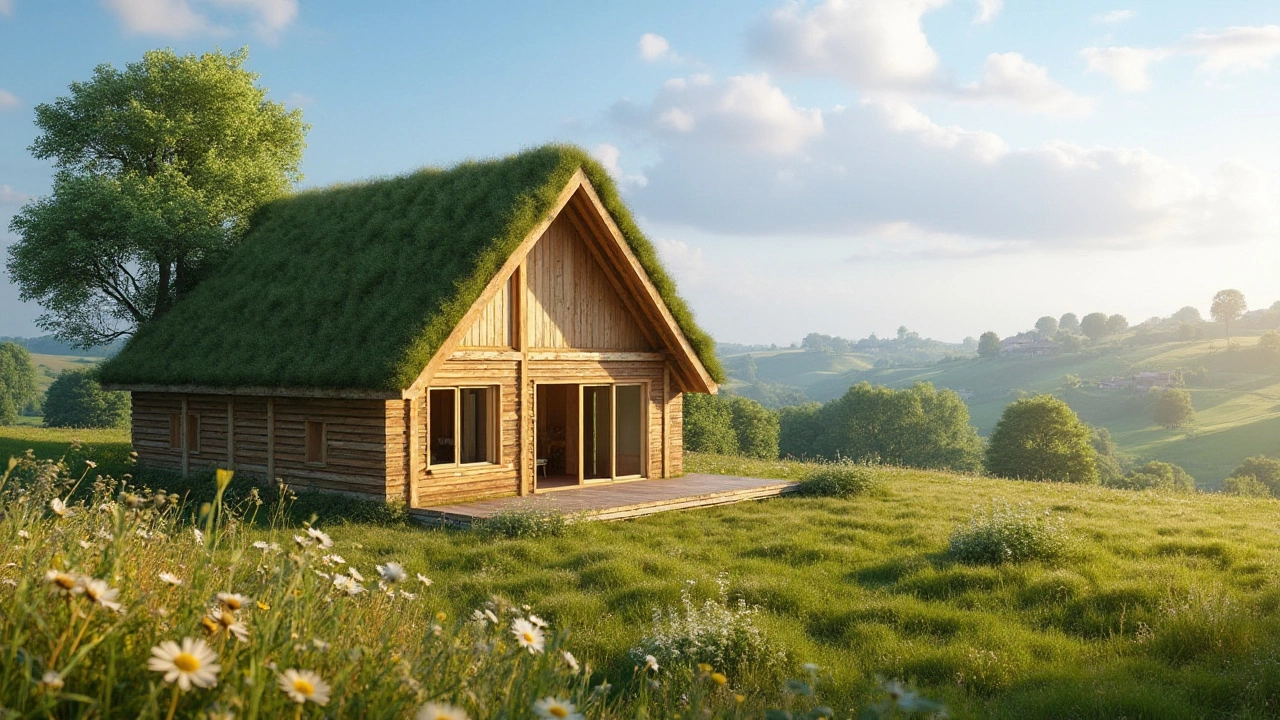Eco-Friendly Housing Made Simple: What You Need to Know
If you’re thinking about a greener home, you probably have a lot of questions. How much will it cost? What do the planning rules say? Which materials actually cut carbon? This guide gives you straight‑forward answers so you can start planning without feeling overwhelmed.
Planning Rules and Limits in 2025
The UK government is tightening rules around new builds. The Future Homes Standard (FHS) kicks in for all homes from 2025, meaning new houses must meet stricter energy‑efficiency targets. In practice, that means you’ll need better insulation, low‑carbon heating like heat pumps, and airtight construction. Before you draw up any plans, check with your local council. They’ll tell you if a heat‑pump ready boiler is required and whether your plot can handle the extra wiring.
Many people worry the rules add huge costs, but the reality is mixed. A well‑designed eco home can save you money on bills from day one. The key is to balance upfront spend with long‑term savings. Look for grant schemes that cover part of the heat‑pump installation – they’re often available at the county level.
Best Eco‑Friendly Building Materials
Choosing the right material makes a big difference. Timber from sustainably managed forests, hempcrete, and recycled brick are top picks. Timber frames are quick to erect and store carbon, while hempcrete offers excellent insulation with low embodied energy. Recycled bricks cut waste and still look classic.
Avoid materials that lock up carbon, like virgin concrete and heavy steel, unless you can offset their impact. If you need concrete for foundations, consider low‑carbon mixes that replace part of the cement with fly ash or slag. These alternatives keep strength while lowering emissions.
Don’t forget the finishing touches. Natural lime plaster lets walls breathe and reduces mold risk. For flooring, reclaimed timber or cork provides warmth and durability without new resource extraction.
Now that you know the rules and the materials, think about design. Open‑plan layouts reduce the need for extra walls, which saves material. Large south‑facing windows capture passive solar heat in winter, but pair them with shading to avoid overheating in summer.
Finally, keep an eye on the small stuff. Low‑flow faucets, LED lighting, and smart thermostats are inexpensive upgrades that boost efficiency. They’re easy to add during construction or as a later retrofit.
Eco‑friendly housing isn’t a mystery – it’s a series of practical choices. Start with the planning rules, pick the right low‑impact materials, and add smart design features. The result is a home that feels comfortable, saves on energy bills, and does its part for the planet.
Finding the Perfect Location for Your Eco-Friendly Dream Cottage
Building an eco-friendly house requires careful consideration of several factors to ensure sustainability and harmony with nature. Selecting the right location is crucial, as it influences everything from energy efficiency to the ecological impact. Understanding local climate, accessibility to resources, and community sustainability practices can help in making informed decisions. This article provides insights into ideal settings for constructing an environmentally conscious home, aiming to assist eco-conscious individuals in their journey to sustainable living.
